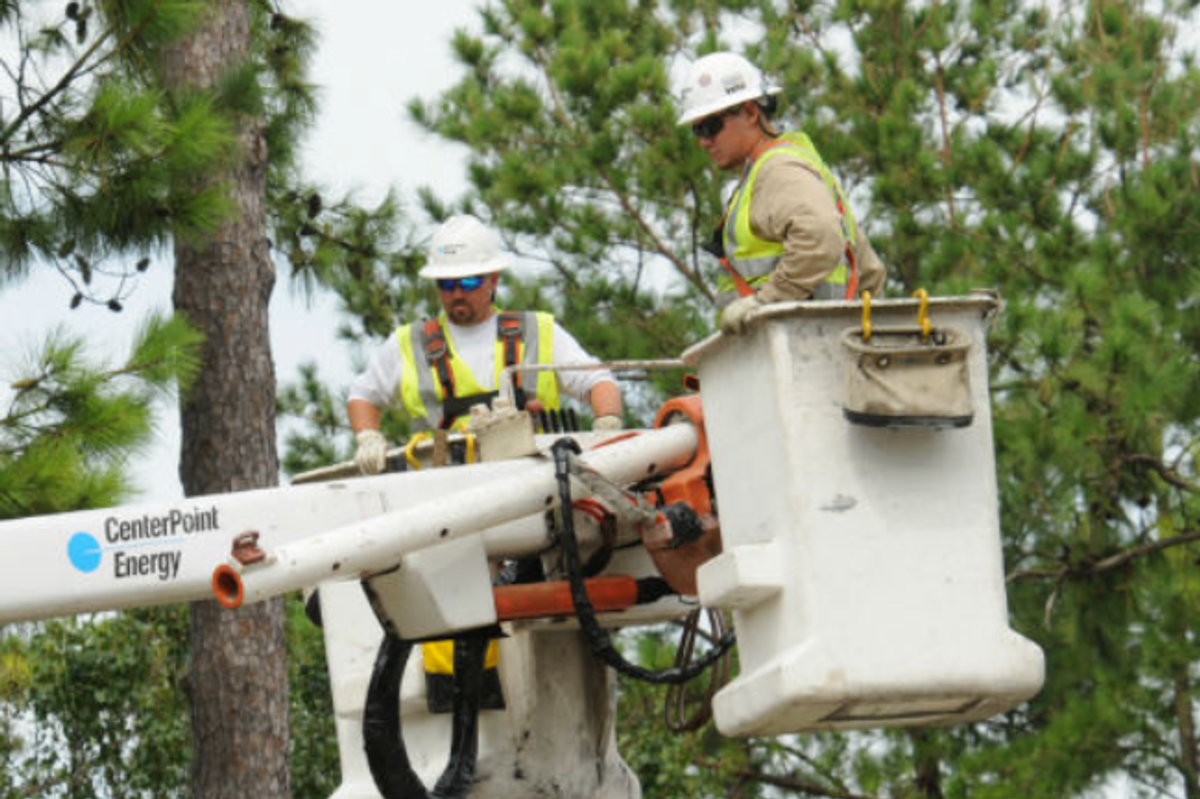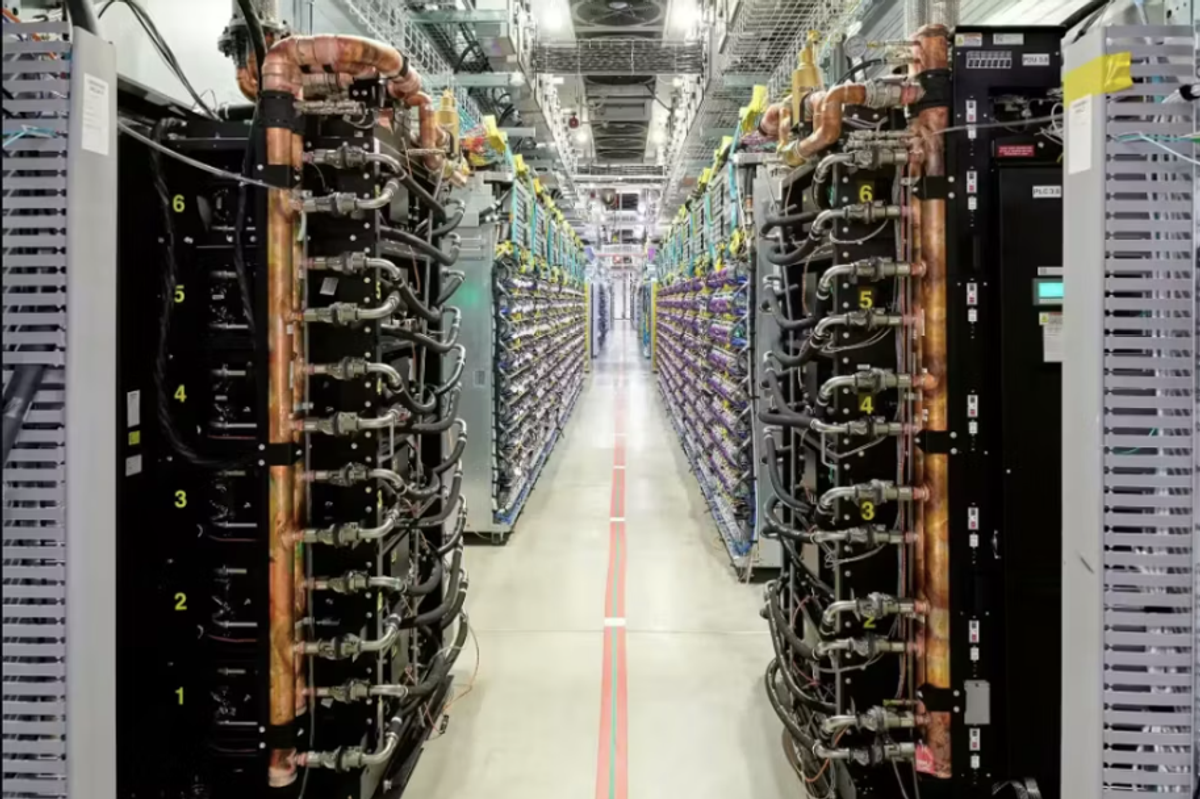Texas vs the nation: Comparing energy grid resilience across America
guest column
The 2024 Atlantic hurricane season has proven disastrous for the United States. On July 8th, Hurricane Beryl barreled into Texas as a Category 1 storm knocking out power for nearly 3 million, causing over $2.5 billion in damages, and resulting in the deaths of at least 42 people.
More recently, Hurricanes Helene and Milton tore through the East Coast, dropping trillions of gallons of rain on Florida, Georgia, South Carolina, North Carolina, Virginia, and Tennessee, causing dams to collapse, flash flooding, trees to fall, millions of power outages, complete destruction of homes and businesses, and the deaths of hundreds.
Amidst the horror and rescue efforts, wariness of the increasing strength of natural disasters, and repeated failures of energy grids around the nation begs a few questions.
- Is there a version of a power grid that can better endure hurricanes, heat waves, and freezes?
- How does the Texas grid compare to other regional grids in the United States?
- What can we do to solve our power grid problems and who is responsible for implementing these solutions?
Hurricane-proof grids do not exist
There is no version of a grid anywhere in the United States that can withstand the brunt of a massive hurricane without experiencing outages.
The wind, rain, and flooding are simply too much to handle.
Some might wonder, “What if we buried the power lines?” Surely, removing the power lines from the harsh winds, rain, flying debris, and falling tree branches would be enough to keep the lights on, right?
Well, not necessarily. Putting aside the fact that burying power lines is incredibly expensive – estimates range from thousands to millions of dollars per mile buried – extended exposure to water from flood surges can still cause damage to buried lines. To pile on further, flood surges are likely to seriously damage substations and transformers. When those components fail, there’s no power to run through the lines, buried or otherwise.
Heat waves and winter freezes are a different story
During extreme weather events like heat waves or winter freezes, the strain on the grid goes beyond simple issues of generation and distribution—it’s also a matter of human behavior and grid limitations.
Building and maintaining a power grid is extremely expensive, and storing electricity is not only costly but technically challenging. Most grids are designed with little "buffer" capacity to handle peak demand moments, because much of the infrastructure sits idle during normal conditions. Imagine investing billions of dollars in a power plant or wind farm that only operates at full capacity a fraction of the time. It’s difficult to recoup that investment.
When extreme weather hits, demand spikes significantly while supply remains relatively static, pushing the grid to its limits. This imbalance makes it hard to keep up with the surge in energy usage.
At the same time, our relationship with electricity has changed—our need for electricity has only increased. We’ve developed habits—like setting thermostats to 70 degrees or lower during summer heat waves or keeping homes balmy in winter— that, while comfortable, place additional strain on the system.
Behavioral changes, alongside investments in infrastructure, are crucial to ensuring we avoid blackouts as energy demand continues to rise in the coming years.
How the Texas grid compares to other regional grids
Is the Texas grid really in worse shape compared to other regional grids around the U.S.?
In some ways, Texas is lagging and in others, Texas is a leader.
One thing you might have heard about the Texas grid is that it is isolated, which restricts the ability to import power from neighboring regions during emergencies. Unfortunately, connecting the Texas grid further would not be a one-size fits all solution for fixing its problems. The neighboring grids would need to have excess supply at the exact moment of need and have the capacity to transmit that power to the right areas of need. Situations often arise where the Texas grid needs more power, but New Mexico, Oklahoma, Arkansas, and Louisiana have none to spare because they are experiencing similar issues with supply and demand at the same time. Furthermore, even if our neighbors have some power to share, the infrastructure may not be sufficient to deliver the power where it’s needed within the state.
On the other hand, Texas is leading the nation in terms of renewable development. The Lone Star State is #1 in wind power and #2 in solar power, only behind California. There are, of course, valid concerns about heavy reliance on renewables when the wind isn’t blowing or the sun isn’t shining, compounded by a lack of large-scale battery storage. Then, there’s the underlying cost and ecological footprint associated with the manufacturing of those batteries.
Yet, the only state with more utility-scale storage than Texas is California.
In recent years, ERCOT has pushed generators and utility companies to increase their winterization efforts, incentivize the buildout of renewables and electricity storage. You might have also heard about the Texas Electricity Fund, which represents the state’s latest effort to further incentivize grid stability. Improvements are underway, but they may not be enough if homeowners and renters across the state are unwilling to set their thermostats a bit higher during extended heatwaves.
How can we fix the Texas grid?
Here’s the reality we must face – a disaster-proof, on-demand, renewable-powered grid is extremely expensive and cannot be implemented quickly. We must come to terms with the fact that the impact of natural disasters is unavoidable, no matter how much we “upgrade” the infrastructure.
Ironically, the most impactful solution out there is free and requires only a few seconds to implement. Simple changes to human behavior are the strongest tool we have at our disposal to prevent blackouts in Texas. By decreasing our collective demand for electricity at the right times, we can all help keep the lights on and prices low.
During peak hours, the cumulative effort is as simple as turning off the lights, turning the thermostat up a few degrees, and running appliances like dishwashers and laundry machines overnight.
Another important element we cannot avoid addressing is global warming. As the temperatures on the surface of the earth increase, the weather changes, and, in many cases, it makes it more volatile.
The more fossil fuels we burn, the more greenhouse gases are released into the atmosphere. More greenhouse gases in the atmosphere leads to more volatile weather. Volatile weather, in turn, contributes to extreme grid strain in the form of heat waves, winter freezes, and hurricanes. This is no simple matter to solve, because the energy needs and capabilities of different countries differ. That is why some countries around the globe continue to expand their investments in coal as an energy source, the fossil fuel that burns the dirtiest and releases the most greenhouse gases per unit.
While governments and private organizations continue to advance carbon capture, renewable, and energy storage technology efficiency, the individual could aid these efforts by changing our behavior. There are many impactful things we can do to reduce our carbon footprint, like adjusting our thermostat a few degrees, eating less red meat, driving cars less often, and purchasing fewer single-use plastics to name a few.
If we want to see real change, we need action by all parties. The complex system of generation, transmission, and consumption all need to experience radical change, or the vicious cycle will only continue.
———
Sam Luna is director at BKV Energy, where he oversees brand and go-to-market strategy, customer experience, marketing execution, and more.










